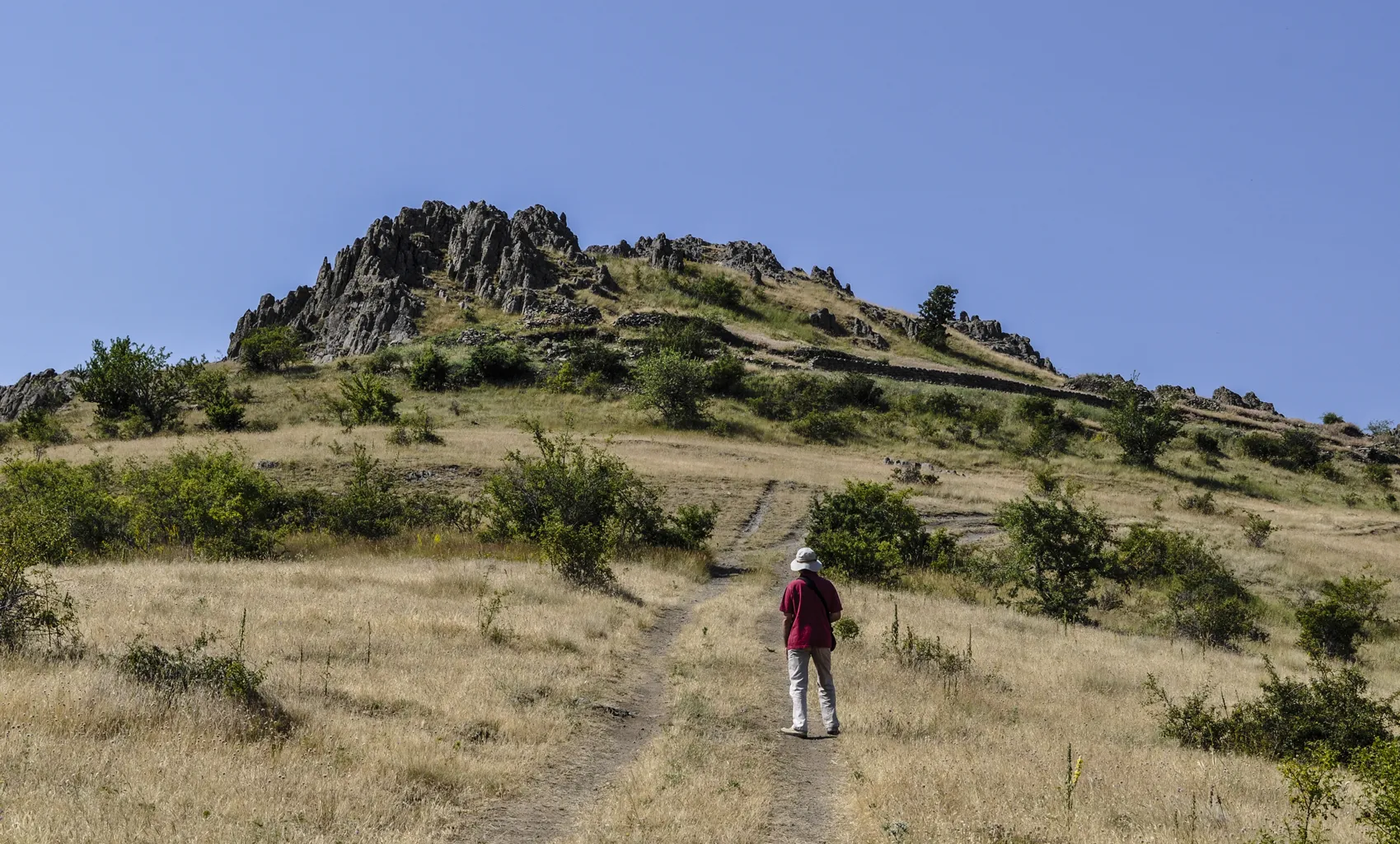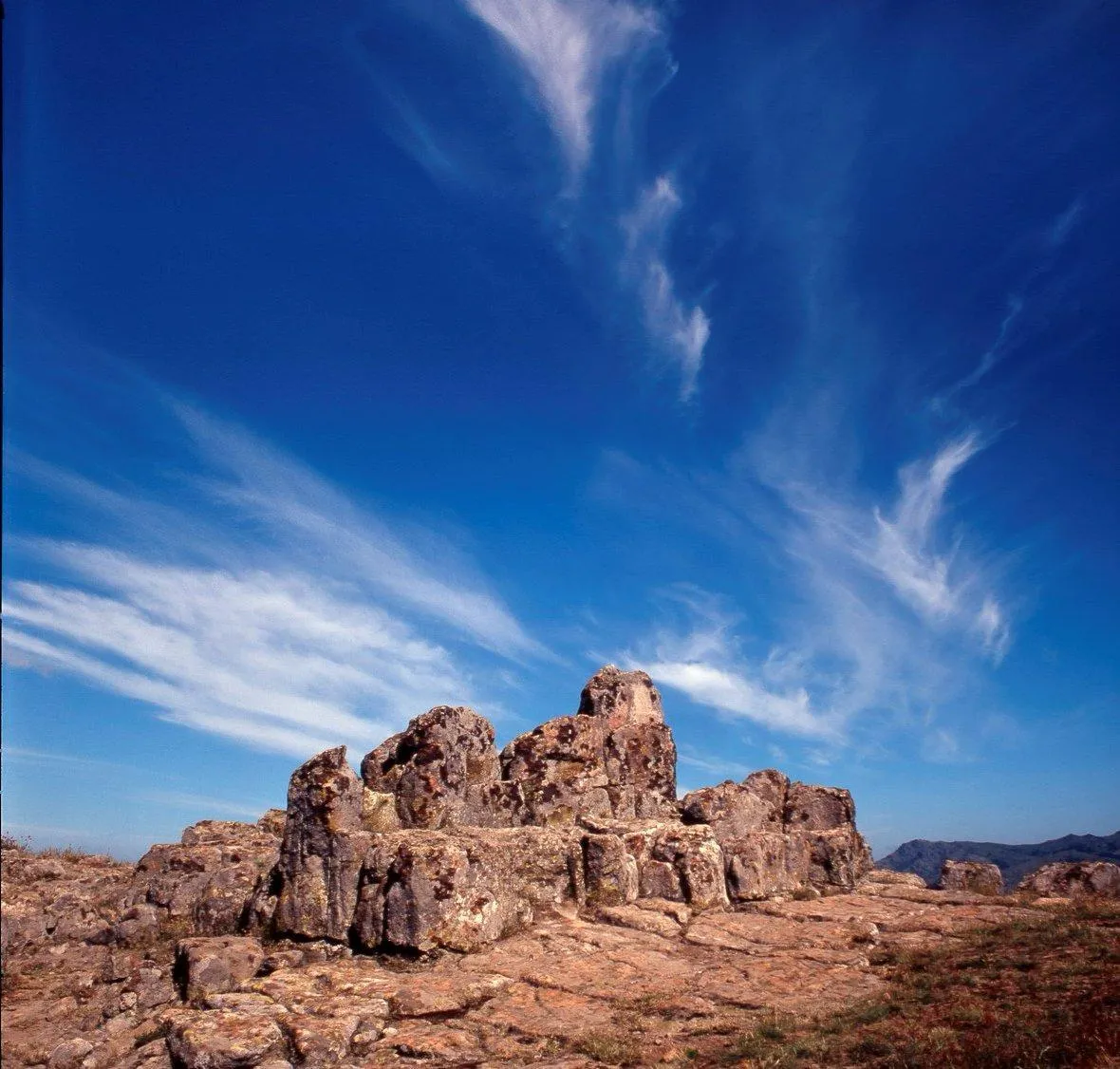Unveiling Kokino: A Journey Through Time in North Macedonia
High atop Tatićev Kamen summit in North Macedonia lies Kokino, a captivating archaeological site whispering secrets of the Bronze Age. Nestled roughly 30 kilometers from Kumanovo and brushing shoulders with the Serbian border, Kokino’s story unfolds at an elevation between 1010 and 1030 meters, gazing down upon the quaint hamlet that shares its name. Spanning roughly 90 by 50 meters, this site offers a glimpse into a bygone era, sparking the imagination of archaeologists and history buffs alike.
Get your dose of History via Email
A Modern Discovery with Ancient Roots
Kokino’s journey into the modern world began in 2001. Jovica Stankovski, then the director of the National Museum in Kumanovo, stumbled upon this hidden treasure. A year later, Stankovski along with Gorje Cenev, a planetarium head, unveiled their findings, igniting discussions about Kokino’s purpose. They proposed a fascinating theory – that Kokino served as a “megalithic observatory and sacred site.”
A Tapestry of Occupation
The wider Kokino site encompasses a vast area of about 30 hectares. Archaeological digs have unearthed the earliest evidence of human presence dating back to the 19th century BC, coinciding with the early European Bronze Age. But the story doesn’t end there. Signs of occupation continue through the centuries, with the most prominent presence observed from the 19th to the 7th centuries BC. This era, known as the Middle Bronze Age, has yielded a treasure trove of artifacts, including ceramic vessels and intriguing stone-mills. These remnants provide a window into the daily lives and tools used by the inhabitants of Kokino.
Unveiling the Debate: A Potential Astronomical Observatory
Within the vast expanse of Kokino lies a specific area designated as the “megalithic observatory.” Encompassing roughly 5000 square meters, this section features two distinct platforms separated by a significant 19-meter elevation change. Researchers have proposed a captivating theory – that this area functioned as an astronomical observatory, allowing its inhabitants to track the movements of the Sun and Moon across the eastern horizon. While this theory adds an intriguing layer to Kokino’s story, the validity of these astronomical alignments remains a topic of ongoing discussion. Further research is needed to solidify or debunk this fascinating interpretation.

A Beacon of Culture and History
Despite the ongoing debate, Kokino’s cultural and historical significance remains undeniable. In 2008, Macedonia’s Ministry of Culture recognized its importance, placing it under temporary protection. This recognition continued in 2009, when Kokino became a priority within the Ministry’s program. The Republic of North Macedonia even took the bold step of proposing Kokino for UNESCO’s prestigious World Heritage Site list in 2009. Although the nomination was ultimately rejected in 2011 due to uncertainties surrounding the astronomical alignments, Kokino’s journey towards international recognition highlights its captivating potential.
A Legacy in Stone
Kokino stands as a testament to the enduring human spirit. It offers a glimpse into the lives, tools, and potentially even the astronomical practices of the Bronze Age inhabitants. Whether a confirmed observatory or not, Kokino’s intricate layout, artifacts, and breathtaking location continue to spark curiosity and inspire further exploration. As research progresses, Kokino undoubtedly holds the key to unlocking even more secrets about this captivating chapter in human history.
Sources:



